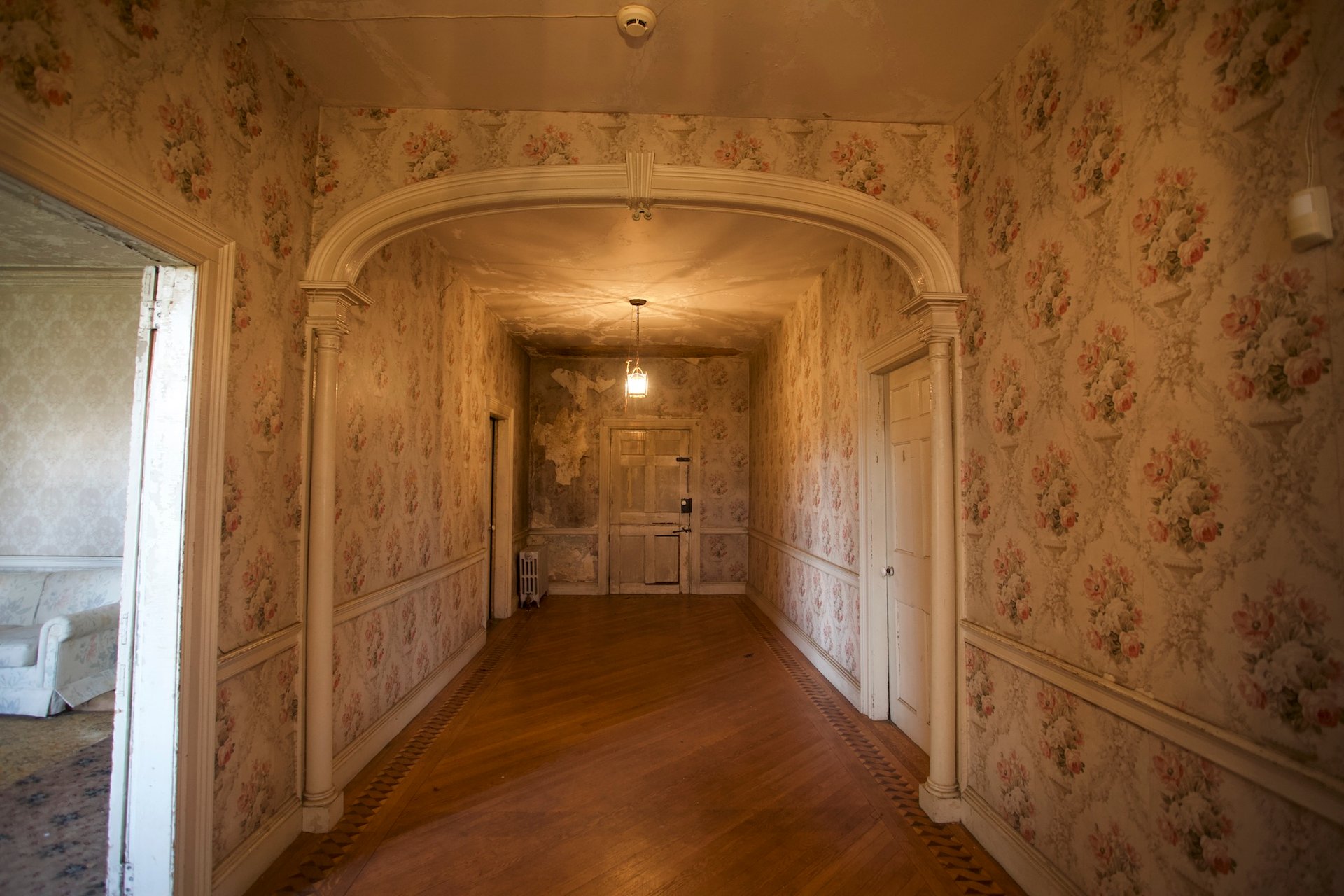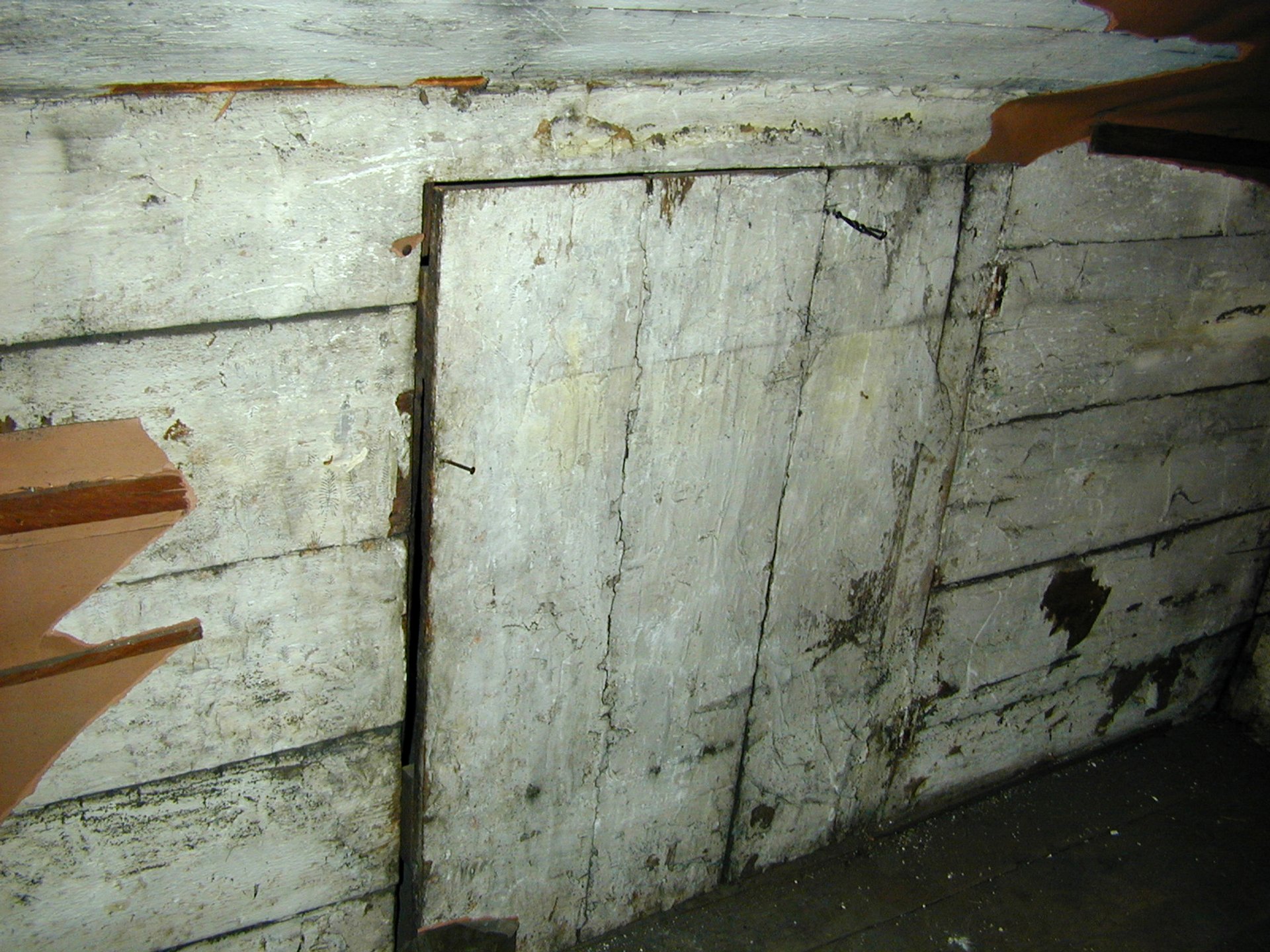One of New York City’s oldest houses to open as its neighbourhood’s first museum
A history of New York City with Manhattan at its centre overlooks the diversity of people and places that contributed to its growth into a metropolis. Standing for three centuries in the marshland of southeast Brooklyn, the Hendrick I. Lott House is one of the city’s oldest surviving structures. A Dutch Colonial farmhouse, built in 1720 as the homestead of Johannes Lott, was incorporated into a larger structure by Hendrick I. Lott in 1800, which in turn was adapted and altered over the years as direct descendants of the Lott family lived in the house until 1989.
“It touches on a time that we don’t necessarily think of with regards to New York City, which is a rural and agricultural history,” Alyssa Loorya, the president of Friends of the Lott House and principal investigator of Chrysalis Archaeology, tells The Art Newspaper. “The city is bigger than just downtown Brooklyn and Manhattan. I always say that New York City could not truly function without the outer boroughs, because the people in the outer boroughs operate and run the city, and that was true in the 1600s as well.”
New York City purchased the house in 2002, and renovations to its exterior and landscape were finished in 2013, yet its interior has not been open to the public. Now, plans are underway to make it the first museum in its Marine Park neighbourhood.
The Lott House in 1922 Photo: Courtesy Friends of the Lott House
“It’s not just the story of the Lott family; it’s the stories of all the people who crossed through the property, worked on the property, lived on the property and also in the surrounding area,” Loorya says. “It is a larger community that we want to carry. I’ve had people say, ‘What’s so special about the Lotts? What did they do?’ They were farmers, and they were part of a community. They went from being the largest slave-owning family in the area to, generations later, a stop on the Underground Railroad—because political and cultural opinions and views change.”
When the Lotts arrived from Holland in 1652, farming in the small settlements of Brooklyn was supporting the growth of the Dutch colony of New Amsterdam. The land the family acquired in 1719 in what was then the town of Flatlands became part of this agricultural system. At its largest, the Lott farm included more than 200 acres, with enslaved people cultivating crops that were shipped to the Manhattan markets via a nearby inlet to the Atlantic Ocean. (It would be many decades before paved roads and public transit connected this corner of Brooklyn to the urban centres.) Slavery was abolished in New York State in 1827, although the Lotts had already freed the enslaved people on their property in 1805. Later, newly arrived immigrants from Ireland, Italy and Germany as well as local labourers worked the land, while cows grazed on the shoreline’s salt hay.
Even in the 1920s, as skyscrapers were rising in Manhattan, the Lott House had a farm, with archival photographs from these final years of its agricultural production showing its peaked gambrel roof presiding over fields of crops. Today, it is still in its original orientation, and its neighbourhood of Marine Park remains off the beaten path for many New Yorkers—one must take a train and bus ride to reach it. Standing out amidst the 20th-century blocks of single-family homes, the Lott House has the potential to be a cultural hub in a part of the borough that lacks major institutions.

The Lott House’s unique wallpaper will be preserved Photo: Courtesy Friends of the Lott House
The house is now owned by the New York City Department of Parks & Recreation and is a member of the Historic House Trust (HHT) as one of its 23 partner historic sites on parkland. “Because these houses are held in the public trust, and because they’re on public parkland, they’re supposed to be low-cost and community spaces,” says Giulietta Fiore, the director of HHT. “They have a unique mandate to remain open and accessible for the community to come in and experience them.”
Friends of the Lott House, a volunteer organisation started in the early 1990s (when the house had fallen into disrepair), is collaborating with NYC Parks and HHT on the current project. The interior and structural preservation and renovation, from electrical and plumbing updates to air conditioning and accessibility improvements, is planned to start in early 2026 and anticipated to be a long-term project. While the work is happening, the Lott House’s virtual and outdoor events are ongoing, and small hardhat tours (the next one will take place on 22 June) are bringing visitors inside to learn about the house and its restoration as a museum.
Unlike most other types of museums, historic houses are often looking hundreds of years ahead. “The exhibits can change and the meaning of the house can change,” Fiore says, “but our role as the Historic House Trust is to ensure that the building itself stays there, so that it can be used in the future for the ways the community needs it to be used.”

A secret hiding place at the Lott House for people fleeing slavery as part of the Underground Railroad Photo: Courtesy Friends of the Lott House
Alongside modernising the house’s facilities, it is important to care for the history embedded in its architecture—from the candle drippings on the floorboards (dating back to the days before electricity) and faded early 20th-century floral wallpaper to a secret closet believed to be a hiding place on the Underground Railroad.
“The project will have a light touch, so we’re not erasing the centuries of living that have happened in that house,” says Julie Fisher, the design director of architecture at NYC Parks. “As we’re finishing up the design phase, the goals are preserving the house and making it safe for visitors and staff, and bringing in some 21st-century technology to protect it.”
The Lott House’s future interpretative programmes and exhibitions will further highlight the histories of people who shaped not only this part of Brooklyn but the whole city and the country at large—seen through one building’s transformation from a Dutch home to an American one. “NYC Parks has a number of great historical houses, but there are few structures (considering the size of New York) that really show all of that history,” Fisher says.




